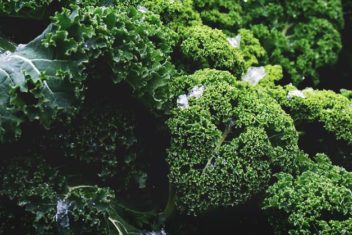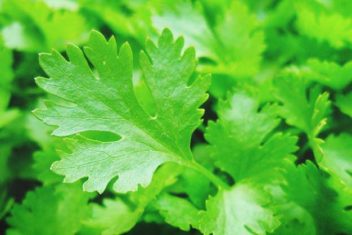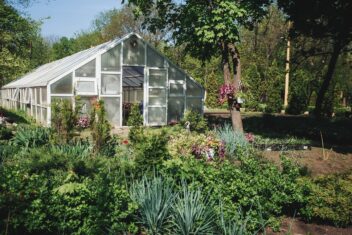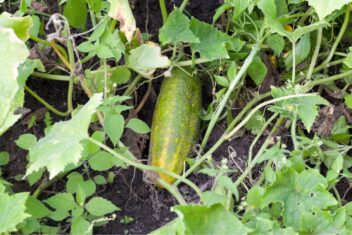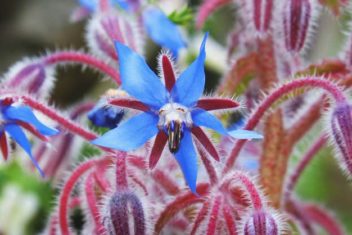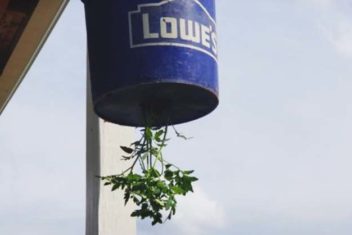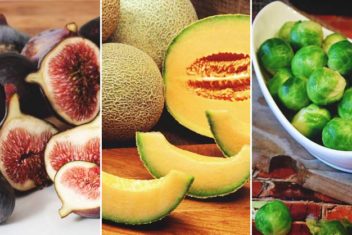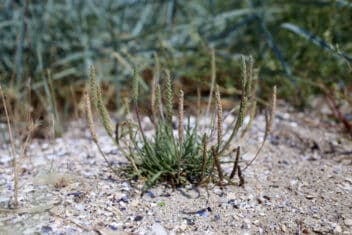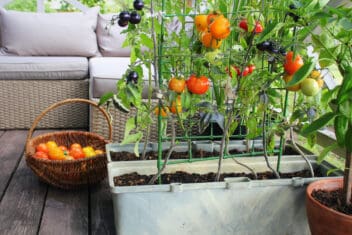Windbreaks can improve your soil, attract wildlife, and create a comfortable habitat for your plants, pets, or livestock. In other words, windbreaks are practical tools for improving the conditions on your homestead.
To make the most of windbreaks, it helps to understand microclimates. You also need to know what type of plants to use to create a windbreak and where to place them on your homestead.
This guide has everything you need to make the most of windbreaks on your farm, homestead, garden, or pasture.
What Are Windbreaks?
Windbreaks are trees, bushes, or grasses planted in a row with the intention of slowing or stopping the effects of wind in the garden, livestock pastures, or near buildings. They can also be used to provide some shade.
Windbreaks, also known as shelterbelts, can provide shelter for livestock, protect growing plants, and create a beautiful aesthetic for your garden. It can also shelter buildings, lowering your heating costs in the winter and cooling costs in the summer.

Shelterbelts can control soil erosion and increase crop yields. Windbreaks are also an excellent tool for limiting moisture if you want to prevent snow from building up in one area.
Windbreaks are marvelous for protecting your livestock during winter and extreme cold temperatures. Plus, providing shelter with windbreak plants will relieve your animals’ stress and offer a haven for local wildlife.
It’s not just about protecting plants and animals; windbreaks can also prevent odors from sweeping into or out of the area.
Plus, windbreaks can be beautiful. There are both practical and visual benefits to creating windbreaks in your garden.
Make a Plan
Instead of relying on Mother Nature, you can create microclimates in your yard by using windbreaks. If you aren’t familiar with the term microclimate, it’s a small area with a slightly different climate than the surrounding area.
To start, create a garden layout and identify spots where the wind seems to blow harder or more often than average or where frost tends to form more often. This usually takes a few months of observation, but you can also use natural cues.

Look for bushes or trees that are bent in the same direction. That usually either indicates that the plants are in shade and are reaching for the sun, or they’re regularly buffeted by the wind. You can also place flags around your property and watch them.
You don’t have to find a spot that receives an unusual amount of wind. Windbreaks can be used anywhere you want to limit the movement of the wind.
There’s no one-size-fits-all solution to creating a shelterbelt. You have to take your unique landscape into account.
After you identify the areas you want to protect, you need to determine the direction the wind typically comes from. If wind usually comes roaring in from the north, you want to place the windbreak north of what you want to protect.
The windbreak should generally be 100 feet longer than the area you want to protect, so the wind doesn’t escape around the edges and create drafts.
Best Plants to Use
Most of the time, the easiest way to create a windbreak is with a row of conifers because these evergreens offer year-round protection. That’s what most people use. But you can also plant deciduous trees or even shrubs or grasses if you want to.
You want something that can survive wind and not break during extreme weather conditions. We have a list of wind-resistant plants to choose from.
Evergreens provide year-round protection, while deciduous plants provide some measure of protection but less when the leaves are gone.

You can mix various species for diversity and create a textured and attractive look in your garden. Or stick to one species for a clean look. Here are some tried-and-true options.
Evergreens:
- Arborvitae
- Boxwoods
- Euonymus
- Holly
- Juniper
- Yew
- Cedar
- Pine
Shrubs:
- Lilac
- Cranberry
- Ninebark
- Dogwood
- Elderberry
Deciduous Trees:
Allow for Air Circulation
If you’re using your windbreak to prevent wind from reaching a building or livestock, you don’t need to worry about allowing any air to flow through your windbreak.
But for windbreaks next to crops, you might want to allow a little bit of air circulation to help prevent mold or mildew from attacking your plants.
Some possible options for a semi-permeable windbreak are fences or hedges of open plants like birches or lilacs. Or you can just plant further apart.
This allows air to pass through to the other side while still slowing and dispersing the wind, so it doesn’t have the same impact as a strong gust.
Windbreak Structures

You don’t have to rely on plants to create a windbreak. Fences and trellises can also slow wind.
A more creative solution is to grow a fedge, a cross between a fence or hedge. Making a willow fedge using young saplings or root cuttings from a live tree is simple.
To make a trellis look more appealing, you can plant climbing speces of plants like honeysuckle or ivy. This will give you a vital structure to protect your crops but adds a little color and personality to your garden.
Benefits of Windbreaks for Microclimates
Everyone will benefit differently from windbreaks and altering your microclimate, but there are a few common advantages regardless of the size or location of your homestead.
For instance, those in colder regions can save time or money on clearing heavy snowfall if they use a windbreak to protect walkways.
You won’t have to blanket your horses as heavily or build as many shelters to protect your livestock. It can also lower your heating and cooling bills.
Windbreaks help increase crop yields and reduce soil erosion.
Windbreaks can also act as design features, adding a decorative element, especially if you choose a species that flowers.
The reduced wind speed and noise levels will also provide a calmer, more relaxed atmosphere for your livestock. Giving them a little spot where they feel less exposed and stressed can help them produce better.
You can also use them to create a welcoming space for wildlife, such as birds, butterflies, and deer.
Caring for Your Windbreaks
Once you’ve established your windbreaks, the next step is creating a regular maintenance plan and pruning the critical areas of the trees or shrubs. The top two caring techniques for trees and shrubs are thinning and pruning.
Pruning and thinning rejuvenate trees and encourages healthy new growth.
Prune hardwood trees every 3-5 years and conifers every 10-15.


